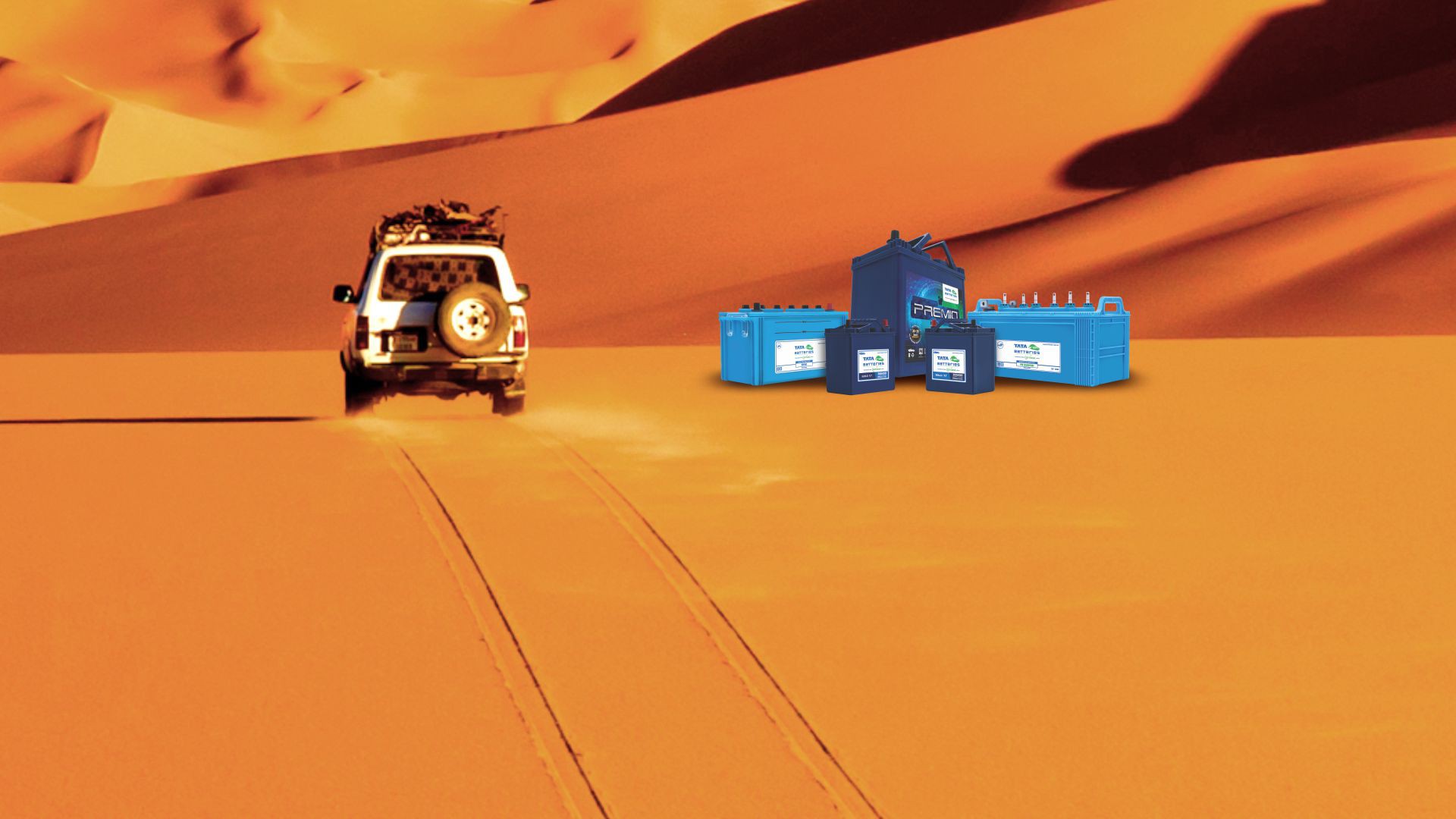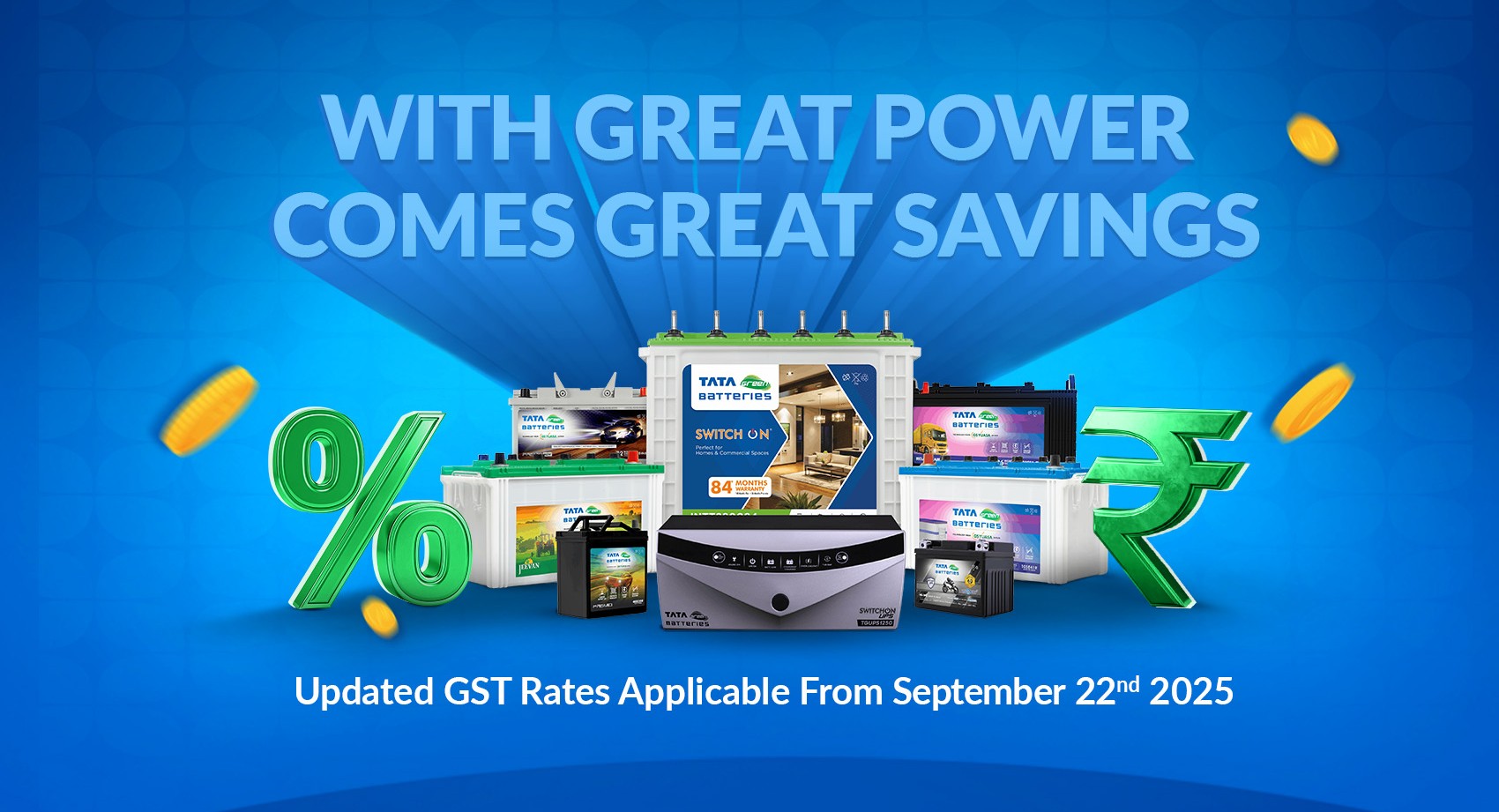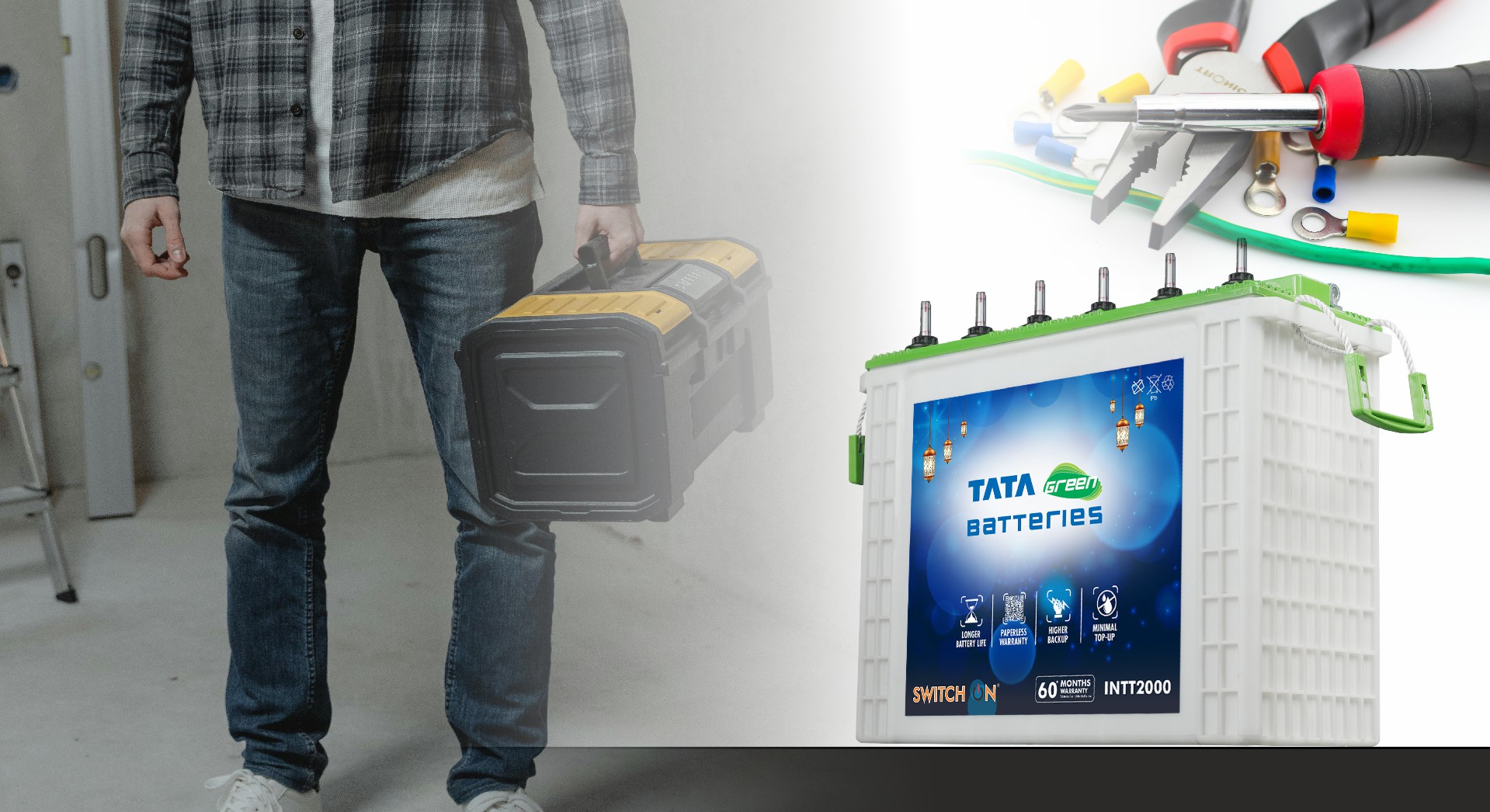7 Signs You Need to Replace Your Motorcycle Battery
There’s nothing worse than gearing up for a ride, only to find that your bike won’t start. If you own a motorcycle, you may understand this bitter feeling. A dead or failing motorcycle battery can put a serious damper on your plans, whether you’re a daily commuter, a weekend adventurer, or someone who just enjoys the occasional spin. But how can you tell when it’s time to replace the motorcycle battery?
Let’s break it down! Here are seven signs to understand that your motorcycle battery needs replacement.
1. Slow Engine Crank
We’ve all been there—you’re all set for your ride, but when you press the ignition button, the engine turns over sluggishly. If your motorcycle is taking longer than usual to start, it’s a strong signal that the battery is struggling to supply enough power. This is often considered the first sign that your battery’s lifespan is nearing its end. A high-performance motorcycle needs a reliable two-wheeler battery to crank up the engine efficiently, so if you notice repeated slow starts, it’s time to consider a replacement.
Quick Tip:
Try a jump start. If your motorcycle works fine afterward but struggles again the next day, it’s time for a new bike battery.
2. Dim Headlights or Flickering Electrical Components
Motorcycles rely heavily on their battery for electrical components, especially for lighting. If you notice your headlights dimming, a flickering dashboard, or unresponsive indicators, your motorbike battery could be losing its ability to hold a charge. Dim lights or other electrical issues can be dangerous for long-distance riders or those commuting at night. Your motorcycle battery powers essential safety features, so a weak battery is more than just an inconvenience it’s a risk. If your lights are dimming more often, it’s time to upgrade to a durable, low-maintenance battery like TATA Green Batteries to ensure consistent power.
3. Corrosion Around the Battery Terminals
If you notice a white, chalky substance around your battery terminals, it’s a sign of corrosion, which means your battery is aging. This corrosion can prevent your motorcycle battery from charging fully or delivering adequate power to your bike. While you can clean the terminals with a brush, frequent corrosion usually means your battery is nearing the end of it’s life. Additionally, excessive corrosion can lead to damage to the connections, making your battery unreliable.
Quick Tip:
Check and clean your battery terminals regularly. If corrosion becomes a constant issue, start shopping for a high-performance motorbike battery built to last.
4. Battery Age
Motorcycle batteries, like all vehicle batteries, have a limited lifespan. On average, a good-quality motorcycle battery lasts around 3-4 years, depending on usage and maintenance. If your battery is reaching this age, it’s wise to start monitoring it more closely, even if it’s not showing other obvious signs of wear. Long-distance riders and adventure seekers should be particularly vigilant. You don’t want to be caught with a dead battery in the middle of nowhere. Opt for a high-performance, long-lasting bike battery that’s built for the rigors of the road.
5. Slow Charging
If your battery is discharging frequently or taking longer than usual to charge, this is a sign it’s not holding a charge as effectively as it once did. Relying on a slow-charging battery can also impact the performance of your motorcycle’s ignition system, which can lead to frustrating stalls and cut-offs during your ride.
6. Swollen or Leaking Battery Case
A swollen or leaking battery is not just a sign that you need a replacement—it’s a potential safety hazard. Batteries can swell due to overcharging or exposure to extreme heat, causing them to become deformed and less effective. If you notice swelling or any fluid around your battery, don’t wait. Replace it immediately with a reliable battery that fits the specifications of the bike.
Quick Tip:
Get your electrical system checked routinely. A faulty electrical system could also be a potential cause of battery overcharging.
7. Frequent Jump Starts
Are you constantly grabbing your jump-start cables to get your motorcycle running? If so, it’s more than just an occasional mishap. It’s a glaring sign that your battery can no longer hold a charge. While jump-starting can give you a temporary fix, eventually, you’ll find yourself doing it more frequently. If you are jump-starting your bike more than once a week, it’s time for a new two-wheeler battery!
How to Choose the Right Battery for Your Motorcycle
Now that you know the signs, let’s talk solutions. When it’s time to replace your motorcycle battery, you’ll want to choose the motorbike battery that suits your riding style and needs. Here are a few things to keep in mind:
- Maintenance-Free Batteries: These are designed to last longer without the need for regular fluid checks or maintenance. They are ideal for riders who want a hassle-free experience.
- High-Performance Batteries: If you’re a tourer or someone who loves long rides, invest in a high-performance battery that offers more power and reliability, like TATA Green Batteries.
- Durability and Reliability: Whether you’re a daily commuter or weekend rider, you want a battery that’s built to last through different weather conditions and various terrains. Look for durable, low-maintenance batteries that ensure consistent performance.
Don’t Let a Bad Battery Ruin Your Ride
Your motorcycle battery is the lifeblood of your bike’s electrical system, and when it starts showing signs of wear, it’s a clear sign that a battery replacement is needed. Ignoring these signs could leave you stranded when you least expect it.
To keep your ride smooth and reliable, consider investing in a TATA Green Battery—a high-performance, durable, and maintenance free solution trusted by riders for years. Don’t wait for a dead battery to ruin your next adventure. Explore the range of TATA Green Batteries today and ensure your motorcycle is always ready to hit the road!















